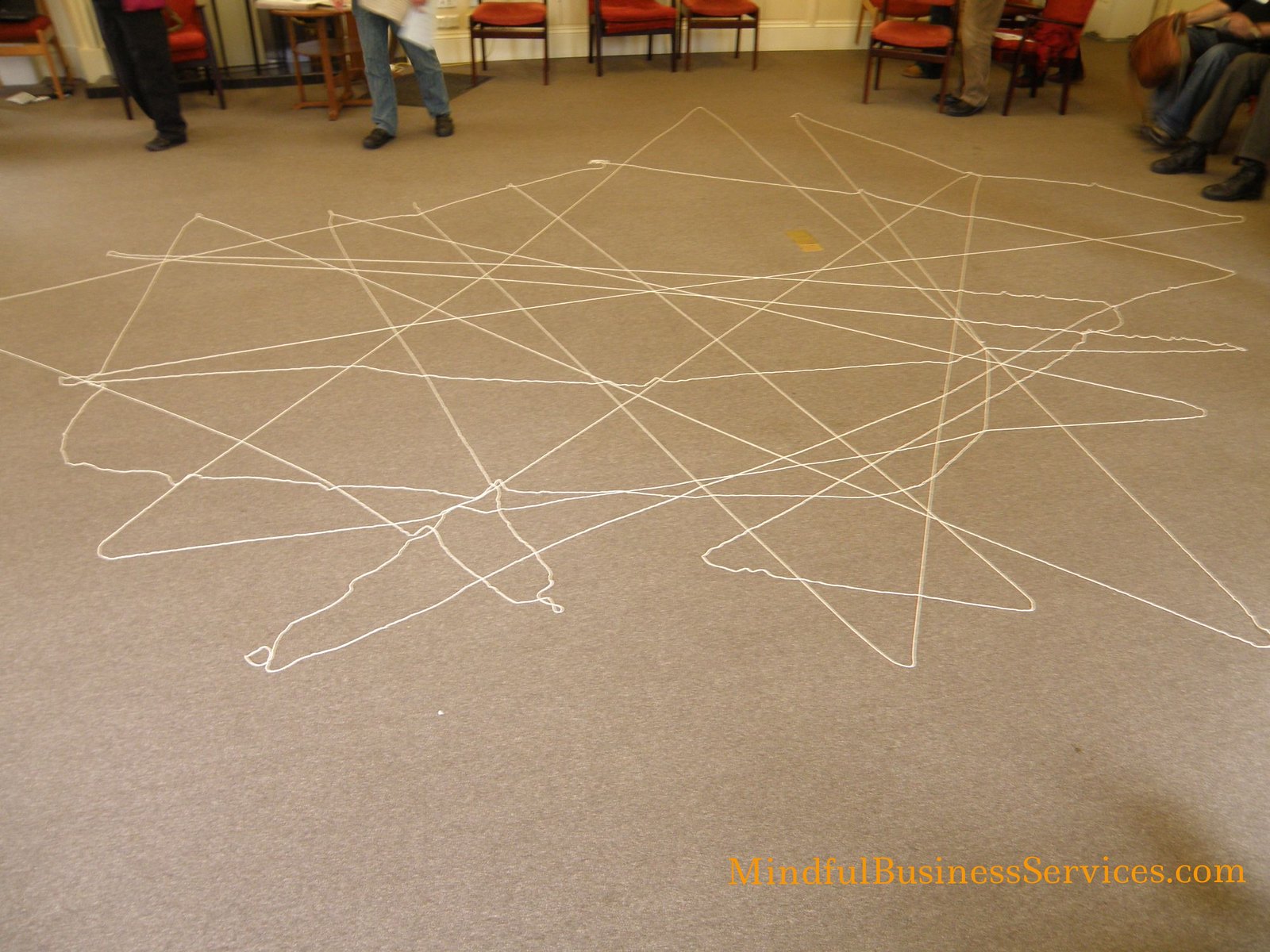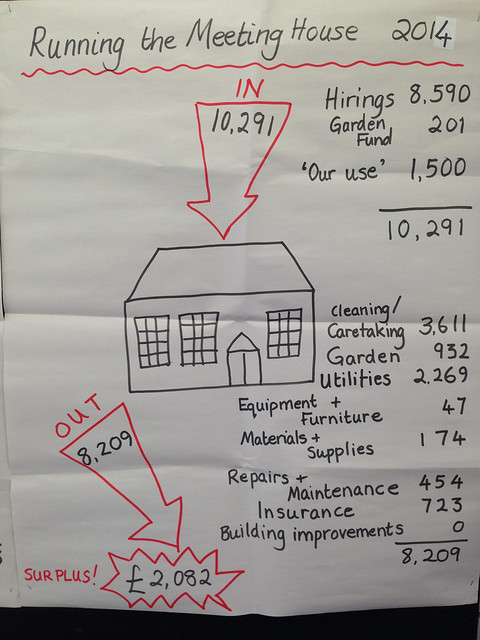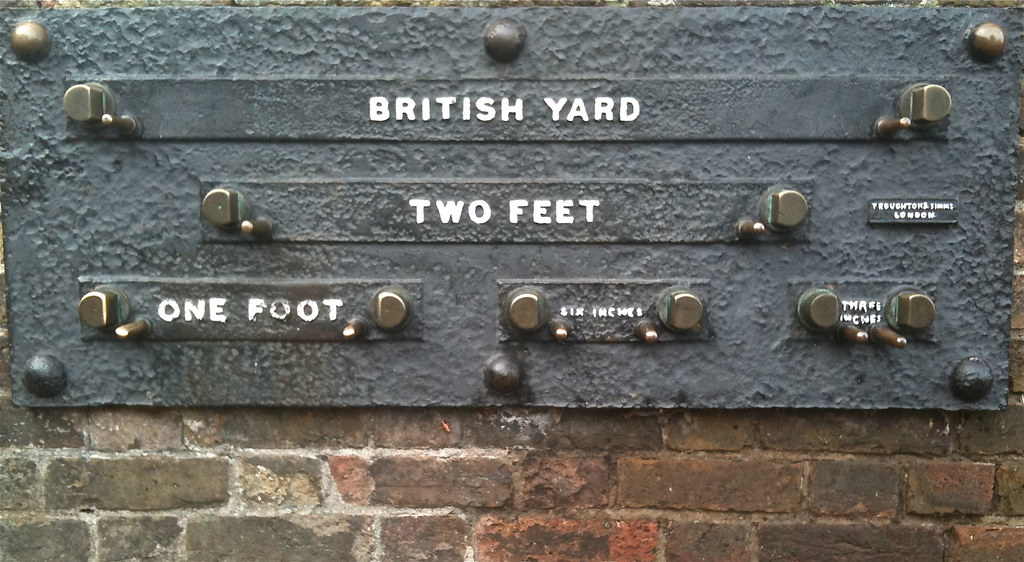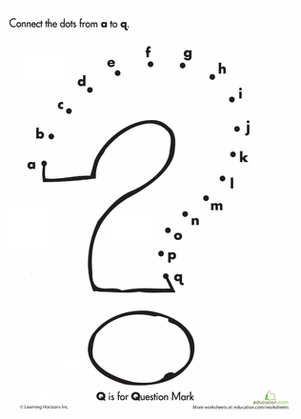 This post is part of the Quaker Alphabet Project – click here for more information.
This post is part of the Quaker Alphabet Project – click here for more information.
I is for Interconnected Icebergs
Originally this post was going to be titled I is for Interconnections, but I couldn’t resist using the SWM iceberg shown above. Thanks to John Dash for permission.
Six Weeks Meeting owns all of the Quaker Meeting Houses in the London area, overseeing the financial and physical management of them whilst holding them in trust for the Area Meetings who in turn delegate the day to day running and management to the Local Meeting Premises committees – who may in turn hand that on to a team of local volunteers which may include Wardens or Resident Friends.
So often people in the local meeting within London see SWM as ‘someone over there bossing them about or not doing what the local meeting would like in the time frame they’ve requested’. Outside of London similar situations arise with AM Trustees and their Property and Finance committees.
Connecting all of these disparate groups and ensuring that all parts feel valued with their skills and knowledge appreciated is complicated but necessary.
Looking at the number of names in the bottom half of the iceberg above and continuing the list to cover all of the 400 or so Quaker Meeting Houses across the UK. Although so many groups are doing similar things, being a Warden, or Manager, or Booking Clerk or Trustee or…. can feel lonely.
These aren’t jobs that are talked about on a regular basis within the meeting as a worshipping community – unlike clerk or overseer.
Often these roles are only mentioned in passing during the Premises committee report to Local Business Meeting, or when the Warden or other volunteer or staff member leaves and a hole is suddenly seen.
Due to their skills and experiences, wardens (or others) may find that they have more similarities with people doing similar jobs in different meetings than they do with members within the same meeting. In addition to the wardenship e-group, Quaker Life offer a series of events called “Wardens’ Talking”, which are chances to get together with other Wardens (or similar) and discuss the joys and challenges that come along with this range of jobs.

Whilst creating the handover notes for Muswell Hill I was startled to realise the mind-map of connections within the meeting and community was so complicated. Almost all committees connected with me as the warden in some way – even if only in checking there would be a room for meetings or in requesting supplies were available or purchased for a workshop.
Some obvious links are between the meeting house as a venue and the hirers, users and potential hirers who come through the door, plus the community surrounding the meeting house.
However, there are also connections between the Warden and other committees in the local meeting and with the local community. Often they are seen as the public face of the meeting, are known as ‘The Quaker’ or find themselves having to explain Quakerism to a wide range of people in a wide variety of places.
Each of these connections can be seen as a place that we can live out out Quaker values and testimonies – whether it is by treating everyone – contractor, hirer, delivery or rubbish people in the same way. Or by our choices of supplier, cleaning supplies and how we maintain our buildings and grounds.
During the last Managing our Meeting Houses course there was a list created during the session of all the people/groups that participants came into contact with, as well as some of the concerns such as safeguarding. Used here with permission.
- Hirers
- Wardens/caretakers
- Regular contractors (gardener/cleaners)
- Line manager
- Trustees
- Local Meeting
- Area Meeting
- Clerks
- Treasurers
- Premises committees – other Q committees
- Other Q groups
- Enquirers re Qs and lettings.
- Public services
- Neighbours
- Community groups
- General public
- F/friends
- Volunteers
- Suppliers/contractors
- Wardens friend/support group
- Local Council
- OFSTED
- Children and vulnerable adults – safeguarding
Can you add additional connections?
To browse through all of the posts click on the Quaker A-Z link here or in the side bar.

 More traditional spreadsheets and account reports are available, but these give a simple easily understandable overview.
More traditional spreadsheets and account reports are available, but these give a simple easily understandable overview.


 This post is part of the Quaker Alphabet Project – click here for more information.
This post is part of the Quaker Alphabet Project – click here for more information.

 This post is part of the Quaker Alphabet Project – click here for more information.
This post is part of the Quaker Alphabet Project – click here for more information.



 This post is part of the Quaker Alphabet Project – click here for more information.
This post is part of the Quaker Alphabet Project – click here for more information. This post is part of the Quaker Alphabet Project – click here for more information
This post is part of the Quaker Alphabet Project – click here for more information


